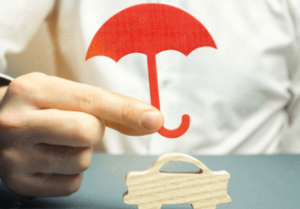How Often To Check Your Tire Pressure

Want to add one or two hundred dollars to your family’s bottom line over the next year? Comparing car insurance rates is one way. Or, simply develop and practice one important habit — to check your tire pressure every two weeks. If there are two or three vehicles in the family, your savings can multiply. When our auto expenses go up with an increase in auto insurance rates or in the cost of fuel, the numbers are in black and white. Improper tire pressure might be costing you 15-30 cents per gallon, but the losses are less visible. Money just quietly drains from your wallet.
With properly inflated tires, fuel economy improves. The more expensive the fuel, the greater the savings. A government agency has suggested that proper tire inflation can save you the equivalent of two weeks worth of fuel per year. That’s about a 4-5 percent savings. If you’re driving 300 miles a week (about 15,000 mi/yr) and you average 25 mpg, that’s 24 gallons. At $4/gal, you’ll enjoy just about $100 a year in savings. Savings quickly expand if there are two or more vehicles in your family.
Keep your tires at the recommended pressure and tire life will surely improve as well. That same agency estimates that one or two sets of tires might be saved over the life of a vehicle. Again, a two car family can save even more on tires.
There is also a safety factor. For example, under-inflated tires can excessively wear the outer edges of a tire. A thin spot can develop, which can lead to a blowout. A blowout can lead to loss of control, and that can cause an accident. Aside from the damage and the potential injuries, an accident caused by improperly inflated tires could result in higher auto insurance costs.
Tread designs help to maximize traction and stability. However, under or over inflated tires compromise the gripping effect of a well designed tread. If a vehicle loses traction, it may slide out of control.
Checking tire pressure at regular intervals is obviously important. Recommendations by auto insurance providers and others suggest about twice a month. Making a point of checking it just before longer trips and whenever there are dramatic changes in temperature is important as well. As temperatures decrease, one pound per square inch (psi) of tire pressure is lost for every 10 degree decrease in temperature. The passage of a cold front might drop the temperature enough to decrease tire pressure 10-15 percent.
The benefits of maintaining correct tire pressure are both direct and indirect. Save directly on both fuel and tire replacements. Save potentially on auto insurance costs by avoiding accidents caused by the wrong tire inflation.

